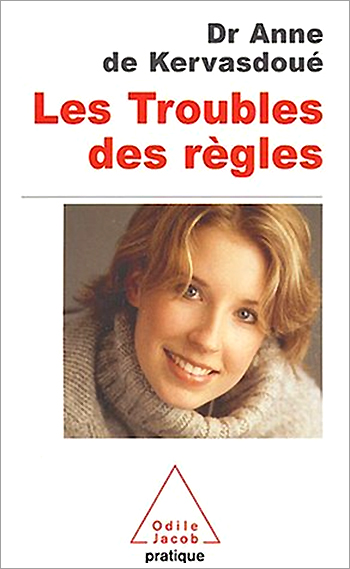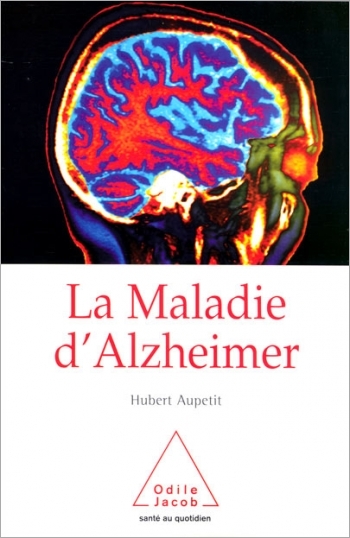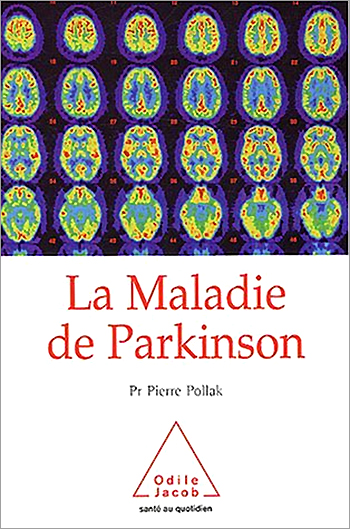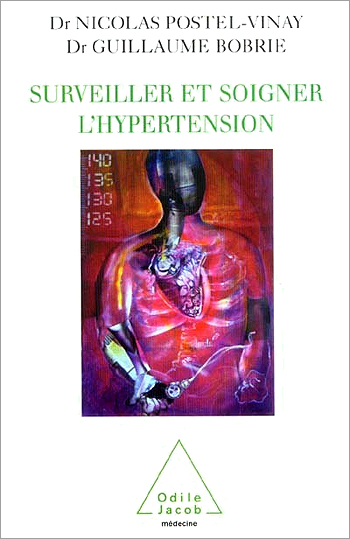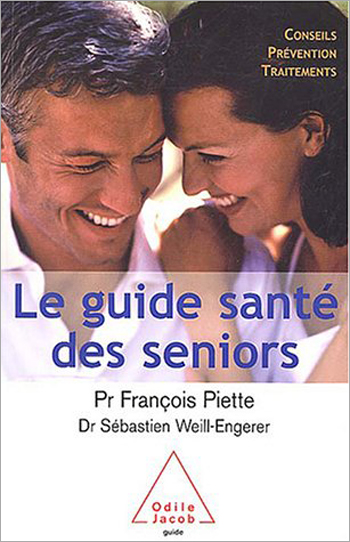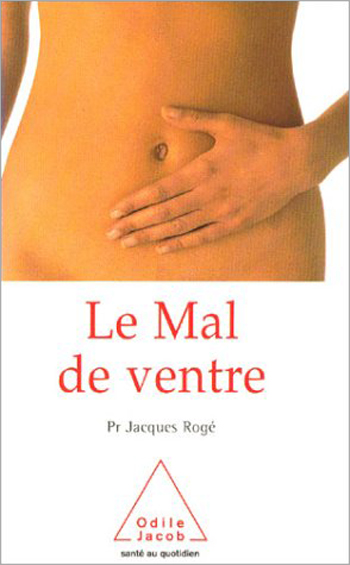Health and Fitness All books
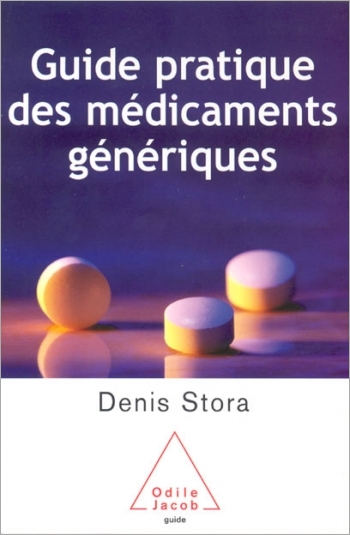
Denis Stora
Guide to the Main Medications and Their Generic Equivalents
Since October 2003, France's health-care system has required users to purchase generic medications, when these exist, if they wish their medical prescriptions to be covered. Physicians have agreed that 75% of all prescriptions will be for generic medications, and pharmacists are committed to making the necessary substitutions. Physicians, pharmacists and users will thus be utilising an increased volume of generic medications. Presented here in alphabetical order are the 150 molecules contained in approximately 1600 medications that are on the market today. More than a list of generic equivalents, this is an intelligent guide to medications. Each molecule listed is described with its pharmacological activity, therapeutic indications and contra-indications, dosages and major recommendations. This is a highly useful pedagogical guide, since brand names will gradually disappear in favour of their chemical names (paracetamol instead of Doliprane, fluoxetine instead of Prozac). Denis Stora, the holder of a doctorate in pharmaceutical studies, has been a licensed pharmacist for twelve years. He is a teacher and the author of numerous practical books for nurses and pharmacists.

Gérard Apfeldorfer
Slimming: It's All in the Head New, revised and enlarged edition
Perhaps you think that if fat people wish to become thin all they have to do is lose weight - and to lose weight they just have to follow a slimming diet...
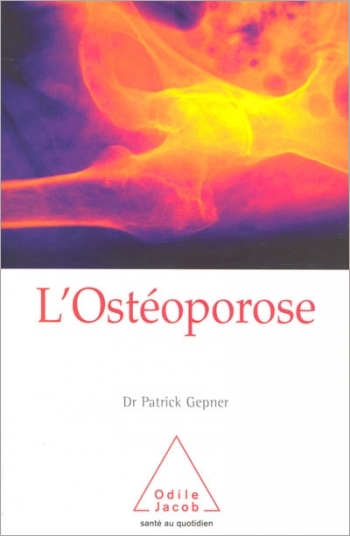
Patrick Gepner
Osteoporosis
Osteoporosis is characterised by a loss in the quality and quantity of bone tissue. The consequences are serious: they include fractures and the compression and curving of the spinal column, and the disease is responsible for more deaths than breast cancer. It is estimated that one-third of menopausal women suffer from osteoporosis, and the proportion is likely to rise as a result of bone damage caused by extreme dieting and anorexia among female adolescents. The fear of high cholesterol and weight gain among women older than 50 years of age is also responsible for decreased bone density. In addition, the incidence of osteoporosis among males is on the rise. Recently, there has been increased interest in the subject of osteoporosis, which has been described as "an invisible enemy" because it rarely produces symptoms. It is usually detected when a fracture occurs and by then it is too late. For this reason, early diagnosis and, particularly, prevention are of the utmost importance. Like the other books in the "Santé au Quotidien" series, this is a practical handbook, which reviews all that is known today about the disease and offers much useful advice: Which kinds of mineral water contain the most calcium? How can you eat plenty of calcium-rich milk products without gaining weight? Is hormonal replacement treatment during menopause an effective method of preventing osteoporosis? The outline of the book: When should you become concerned about osteoporosis? How is it diagnosed? What can you do to ensure good bones for life? How can osteoporosis be treated? False notions and honest tips. Patrick Gepner is a rheumatologist, practising at the Hôpital Foch, in Suresnes, near Paris. He is the author of Mal de dos, published by Editions Odile Jacob in the "Santé au Quotidien" series.
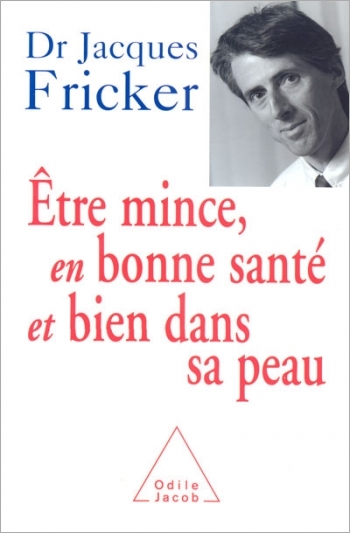
Jacques Fricker
Be Slim, Healthy and Feel Good in Your Skin
How should you eat to keep healthy while remaining slim? What should you do to maintain your ideal weight, without having to diet constantly and without putting on excess kilos over the years? If you have successfully followed a diet, how can you keep from putting the extra weight back on? How can you avoid the cycles of weight loss and weight gain? Above all, how can you keep your figure, as well as your health, and safeguard against illness by eating an optimal diet? This book shows how a single diet can enable you to simultaneously achieve these three goals figure, form, health. Jacques Fricker is a physician specialising in nutrition.




